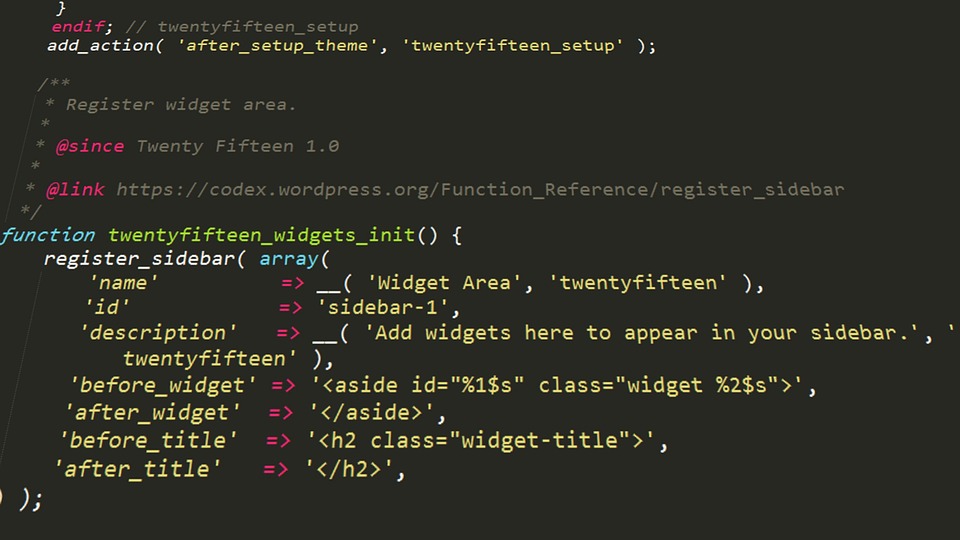In the rapidly evolving digital landscape, businesses are constantly searching for ways to optimize their online presence. Choosing the right content delivery method is crucial for achieving faster loading speeds, enhanced security, and a better user experience. Two primary approaches to web development are static and dynamic content delivery. In this blog post, we’ll dive deep into these two paradigms, discuss the benefits of static site generation, and explore popular tools like Gatsby and Hugo that can help your business thrive in the digital space.
Understanding Static vs. Dynamic Websites
Before we delve into the benefits of static site generation, let’s clarify what static and dynamic websites are:
-
Static Websites: Static websites deliver fixed content to the user’s browser. Each page is a separate HTML file that doesn’t change unless manually modified. Static websites are typically fast, lightweight, and easy to host.
- Dynamic Websites: Dynamic websites generate content on-the-fly using server-side languages like PHP, Python, or JavaScript. These sites can provide more personalized user experiences, but they often require more resources to load, leading to slower performance.
The Rise of Static Site Generation
In recent years, static site generation (SSG) has gained popularity among developers and businesses alike. With the advent of modern web development tools, creating and managing static websites has become accessible, efficient, and effective.
Why Consider Static Content Delivery?
1. Performance:
Static sites typically load faster than dynamic sites since they serve pre-rendered HTML files directly to users. This streamlined process reduces server load and minimizes latency, leading to a better user experience. In an era where users expect quick access to information, improving site speed can significantly decrease bounce rates and increase engagement.
2. Security:
Static sites have a lower attack surface compared to their dynamic counterparts. Since there is no server-side database or backend logic involved in rendering the content, the risks associated with SQL injection, server-side scripting vulnerabilities, and user authentication are significantly reduced. This makes static sites inherently more secure, allowing businesses to protect customer data with greater ease.
3. Scalability:
Static content can be delivered through a Content Delivery Network (CDN), making it easy to scale. CDNs distribute content across multiple servers worldwide, leading to quicker load times and improved accessibility for users regardless of their geographical location.
4. Cost-Effectiveness:
Hosting a static site can be significantly cheaper than hosting a dynamic site. Many providers offer free hosting for static sites, reducing overhead costs for businesses. Additionally, the lower server requirements mean reduced hosting expenses over time.
Popular Tools for Static Site Generation
Gatsby
Gatsby is a powerful React-based framework that allows developers to build fast and optimized static sites. It offers strong performance out of the box with features like:
- GraphQL Data Layer: Gatsby utilizes GraphQL to pull data from various sources, empowering developers to create highly dynamic and rich interfaces while still delivering static content.
- Plugin Ecosystem: With a wide array of plugins, Gatsby can integrate with CMS systems and third-party services, allowing for easy updates while maintaining the advantages of static delivery.
- Progressive Web App Support: By default, Gatsby offers Progressive Web App capabilities, ensuring your site is fast, reliable, and engaging for users.
Hugo
Hugo is known for its incredible speed and simplicity. As a Go-based static website generator, it is recognized for:
- Blazing Fast Build Times: Hugo can generate static sites with thousands of pages in seconds, making it an excellent choice for larger projects.
- Theming and Flexibility: Hugo offers a rich selection of themes and templates, making it easy to create unique and visually appealing websites without extensive design skills.
- Content Management: Hugo organizes content efficiently through a file-based system, allowing developers and content creators to manage their websites intuitively.
Conclusion: Is Static Content Delivery Right for Your Business?
Transitioning to a static site generation model using tools like Gatsby or Hugo can have significant benefits for your business. Whether it’s improved performance, enhanced security, or cost-effectiveness, the advantages of static content delivery are hard to ignore.
As the digital landscape matures, staying ahead of the curve means adapting to changing technologies and methodologies. If you’re looking to boost your website’s performance and provide a seamless experience for your users, static site generation might be the solution you’ve been searching for.
In a world that values speed, security, and efficiency, understanding and leveraging static vs. dynamic content can empower your business to deliver a superior online experience. Embrace the power of static site generation and watch your digital presence flourish!








